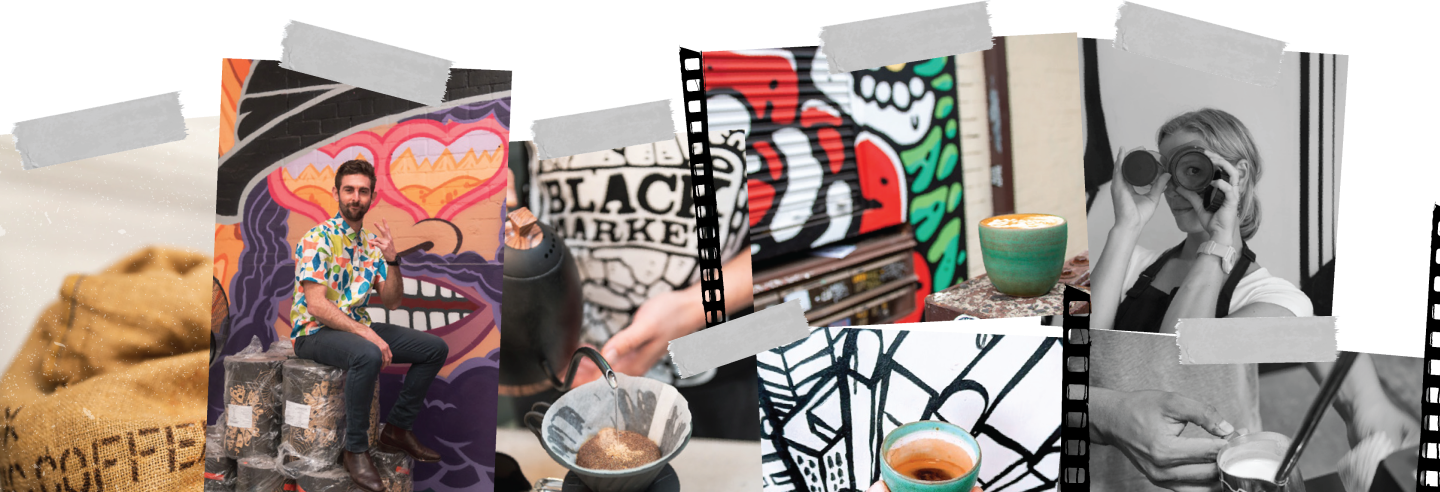
Coffee Nerd: Fermentation
Fermentation; a word that reminds me of a whole list of my favourite things. Not limited to beer and wine, the list includes sourdough bread, kefir, kombucha, kimchi and, of course, coffee!
Fermentation is the process of converting sugars to alcohol or acids. Many people are not aware of the major role that fermentation plays in coffee and just how much it can impact on its overall quality and taste.
The fermentation process
After harvesting, coffee fruits are processed using the washed or dry methods, or indeed a combination of these two, and it is during this process that fermentation occurs. In the washed or wet process the beans are pulped from their skin and placed in coffee fermentation tanks. These are essentially a broth of microbes that feed on coffee sugars. These microbes break down the gelatinous layer of pectin surrounding a coffee bean so that it can be properly dried. Levels of fermentation in this method would be considered quite low and produce a clean cup with complex flavours.
Fermentation levels in the dry or natural method are considered to be much higher. The ripe cherries are distributed across patios or raised beds to allow fermentation to take place. Results can vary greatly as small differences in sugar levels from one cherry to the next can have a big impact on the fermentation that takes place. Natural coffees can often be wine-like and tend to have exaggerated fruity characteristics that some have come to love.
Traditionally in both these methods the fermentation is indigenous, or spontaneous. This means that natural yeasts and bacteria that are in the area at the time these processes are taking place are allowed to work their magic on the coffee, just like if a wine-maker were making a ‘wild’ ferment or natural ferment wine. The yeasts involved in this sort of fermentation are natural to its terroir and the maker has very little control over the final flavours that this fermentation will yield.
Most wine-makers however don’t leave this fermentation process to chance, they make their wines by inoculating their grape juice with cultured yeasts where they can carefully control the environment and in essence the final taste of the wine. This idea has filtered across to the coffee world and whilst it is still in its early days, it is yielding some fantastic results.
Early studies have suggested that by inoculating coffee ferment tanks with cultured yeast there can be greater control over the types and levels of acidity found in the final cup, and that coffee quality can potentially be vastly improved by borrowing some of these wine ferment techniques that have proved so successful in helping the wine industry produce consistent, quality wines on a large scale.
Words by Jess Nicol
Be The first to know about new digs.

